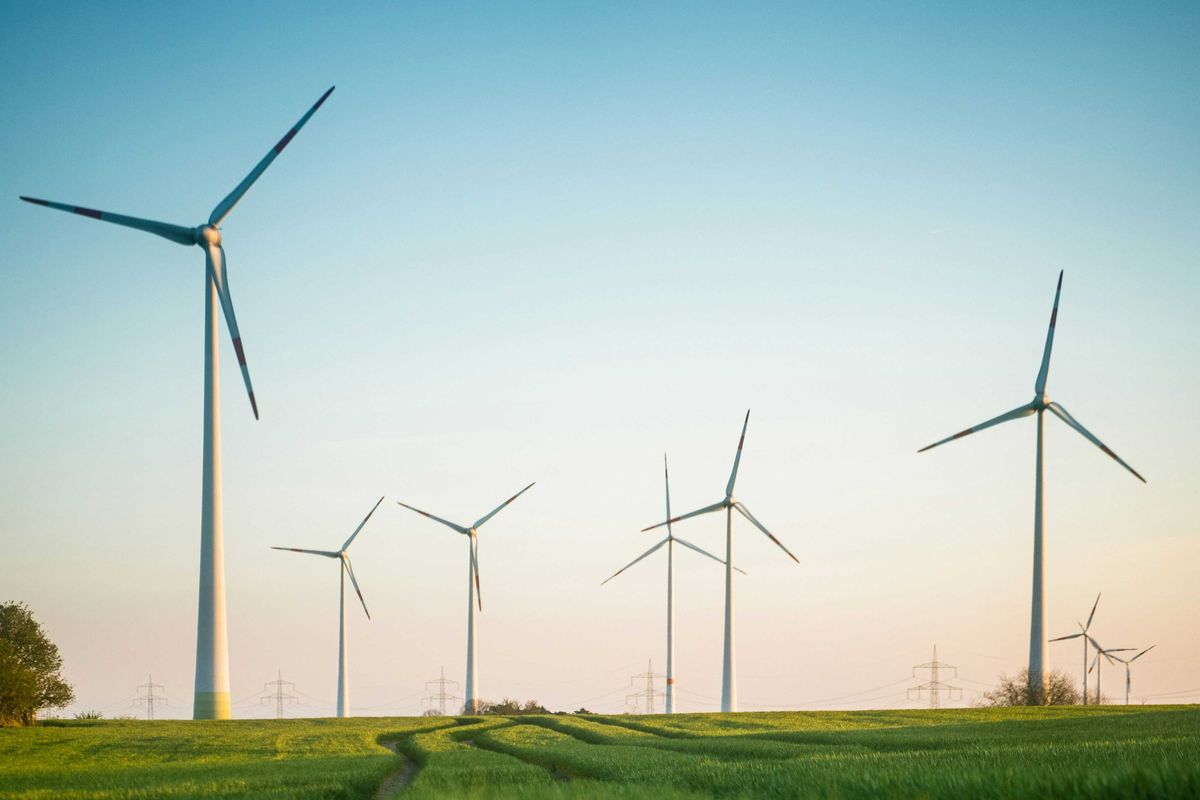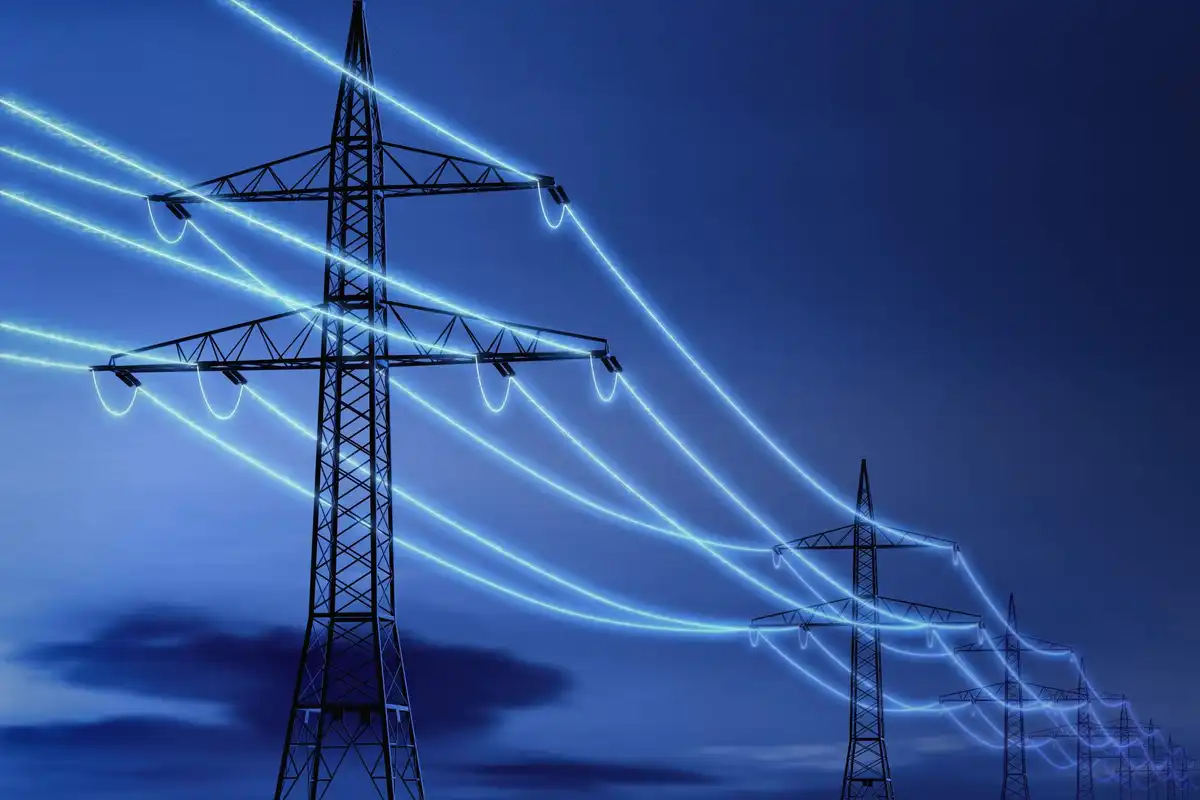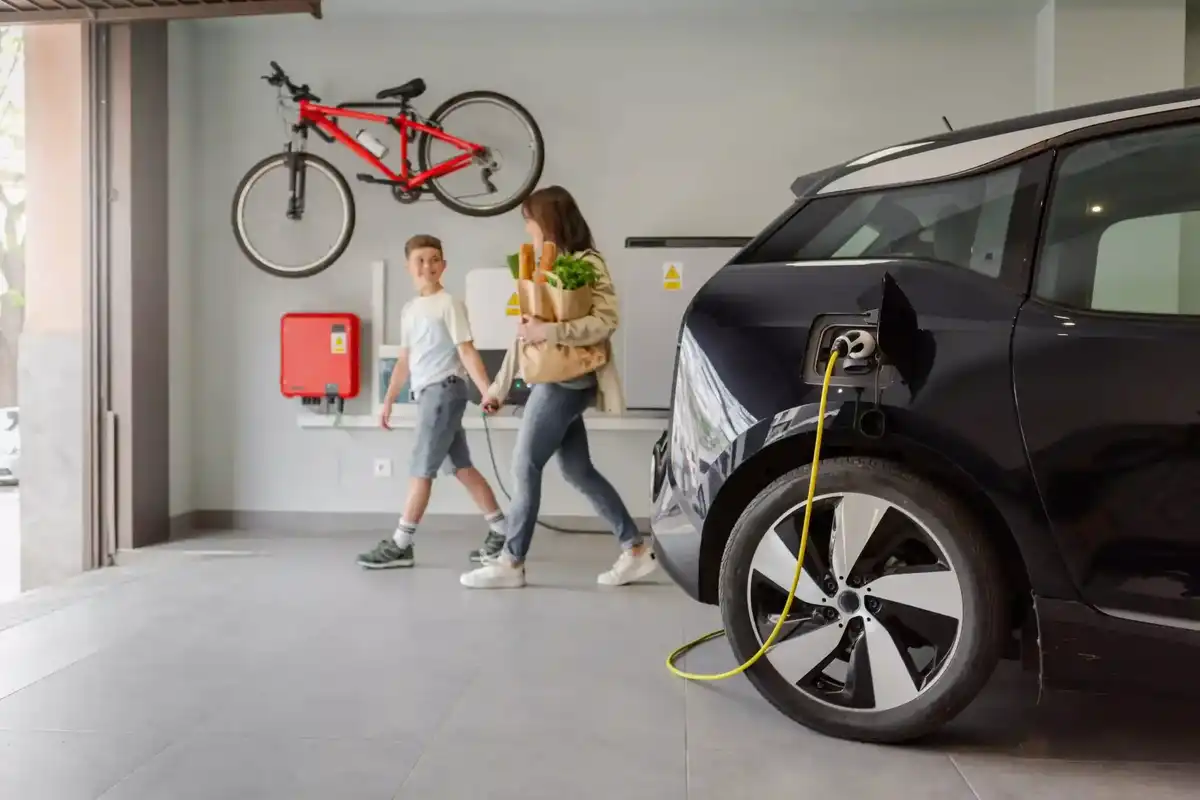The Lone Star State is an economical option when it comes to energy costs, one report has found.
WalletHub, a personal finance website, analyzed energy affordability across the 50 states in its new report, Energy Costs by State in 2024, which looked at residential energy types: electricity, natural gas, motor fuel and home heating oil.
Texas ranked as the fourth cheapest state for energy, or No. 47 in the report that sorted by most expensive average monthly energy bill. Texans' average energy cost per month is $437, the report found.
Here's how Texas ranked in key categories, with No. 1 being the most expensive and No. 50 being the cheapest:
- No. 27 – price of electricity
- No. 15 – price of natural gas
- No. 44 – natural-gas consumption per consumer
- No. 40 – price of motor fuel
- No. 16 – motor-fuel consumption per driver
- No. 49 – home heating-oil consumption per consumer
With the most expensive state — Wyoming — being over four times the cost compared to the cheapest state — New Mexico, the difference between energy costs between states varies greatly, but the reason for that isn't exactly a mystery.
“Energy prices vary from state to state based on several factors including energy sources, supply and demand, energy regulation, regulatory authorities, competition, and the free market," explains expert Justin Perryman, a professor at Washington University School of Law. "[States] such as Texas have a deregulated electricity marketplace. Missouri and 17 other states have a regulated energy market. In deregulated markets there are typically more energy providers which often leads to more competition and lower prices; however, other factors can contribute to energy prices.
"In regulated markets, the state energy regulatory authority sets the prices of energy," he continues. "It can be politically unpopular to raise energy costs, so those states may benefit from lower energy costs. Factors such as the state’s commitment to renewable energy may also factor into energy costs. Proximity to less expensive energy sources can lower energy costs.”
Texas's evolving energy landscape has been well documented, and earlier this year the state's solar energy generation surpassed the output by coal, according to a report from the Institute For Energy Economics and Financial Analysis.
A separate report found that, when compared to other states, Texas will account for the biggest share of new utility-scale solar capacity and new battery storage capacity in 2024. According to the U.S. Energy Information Administration, the state will make up 35 percent of new utility-scale solar capacity in the U.S. this year.
- City of Houston issues report highlighting progress of climate, sustainability plans ›
- With $200M raised last year, Houston cleans up on new report tracking climatetech funding ›
- Houston lands on the wrong end of national pollution report ›
- Report: Texas shines as top state for new solar, battery capacity ›
- New report reveals EV adoption in Texas remains low ›
- New report calls for Houston-area health care providers to take action amid climate change ›
- Texas named most vulnerable state to climate change in new report ›
- Report: Solar tops coal in Texas for energy generation for the first time ›
- Houston receives abysmal ranking on list of greenest cities in the US - Energy Capital ›
- Base Power expands to Houston with backup battery options - Energy Capital ›
- Texas falls lower on WalletHub's Greenest States 2025 report - Energy Capital ›








 Air Liquide and Hyundai agreed to expand hydrogen refuelling networks, storage capacity and more at a meeting in Seoul last week. Photo courtesy Air Liquide.
Air Liquide and Hyundai agreed to expand hydrogen refuelling networks, storage capacity and more at a meeting in Seoul last week. Photo courtesy Air Liquide.
